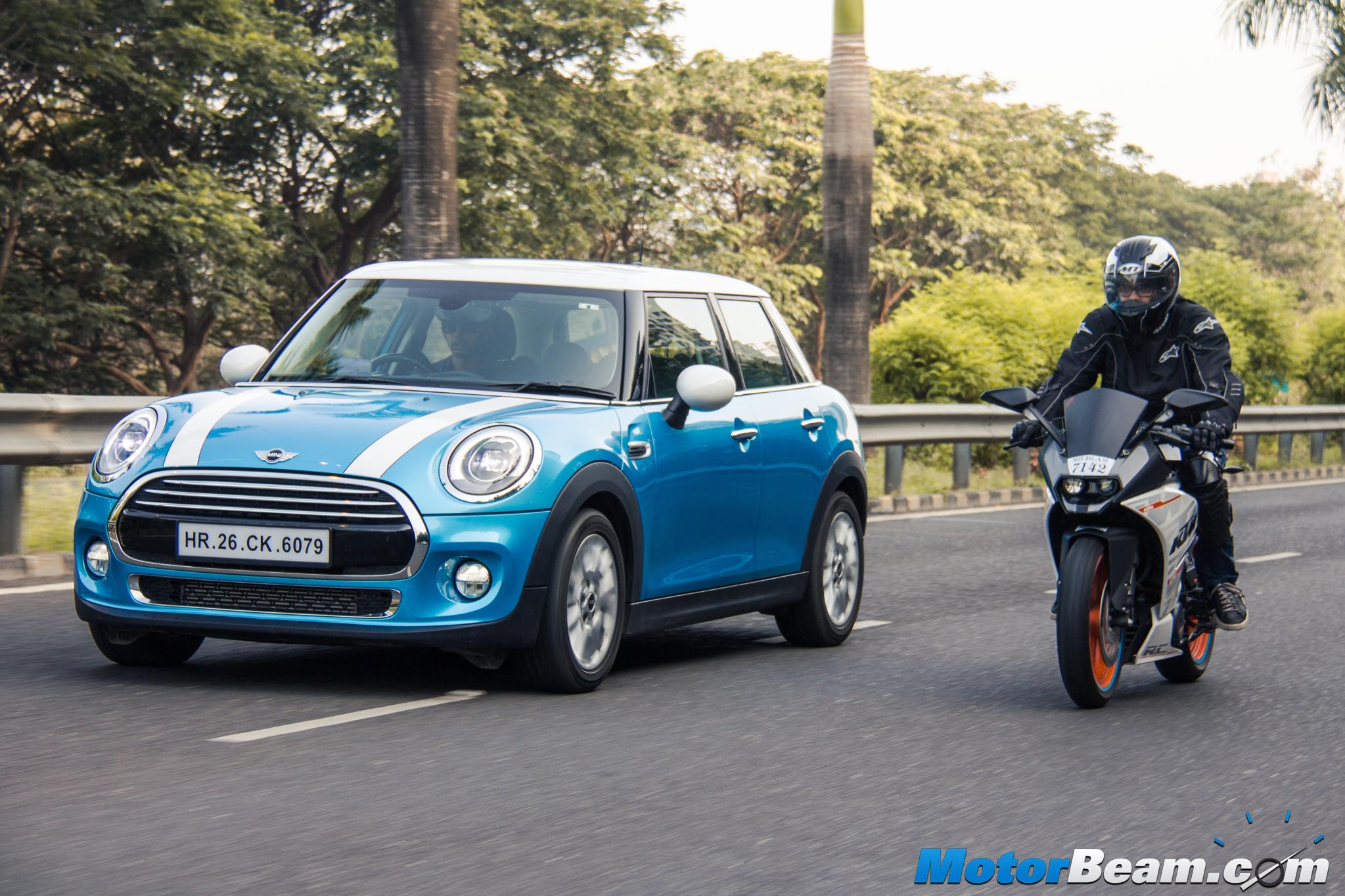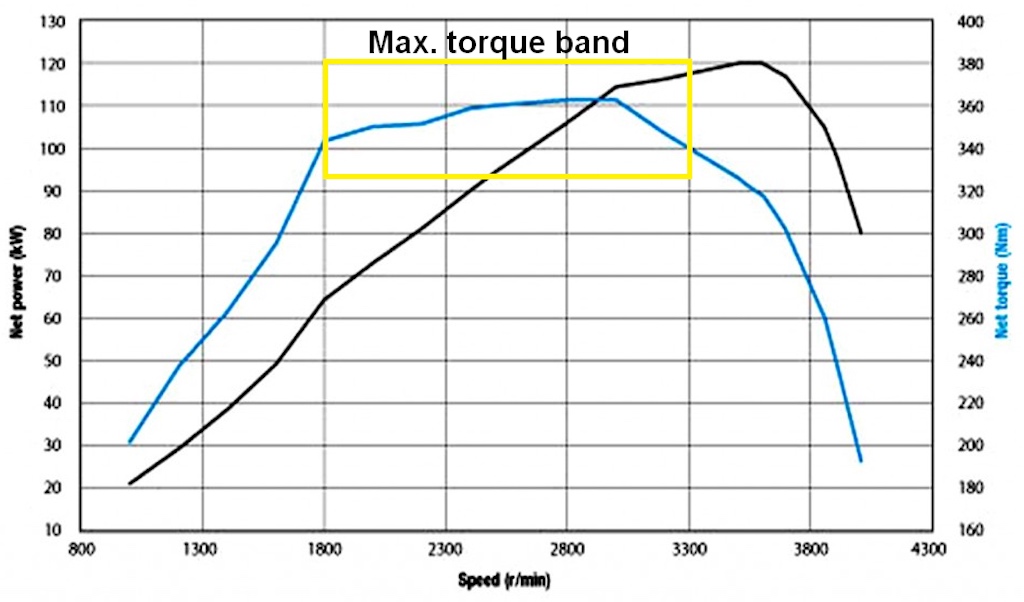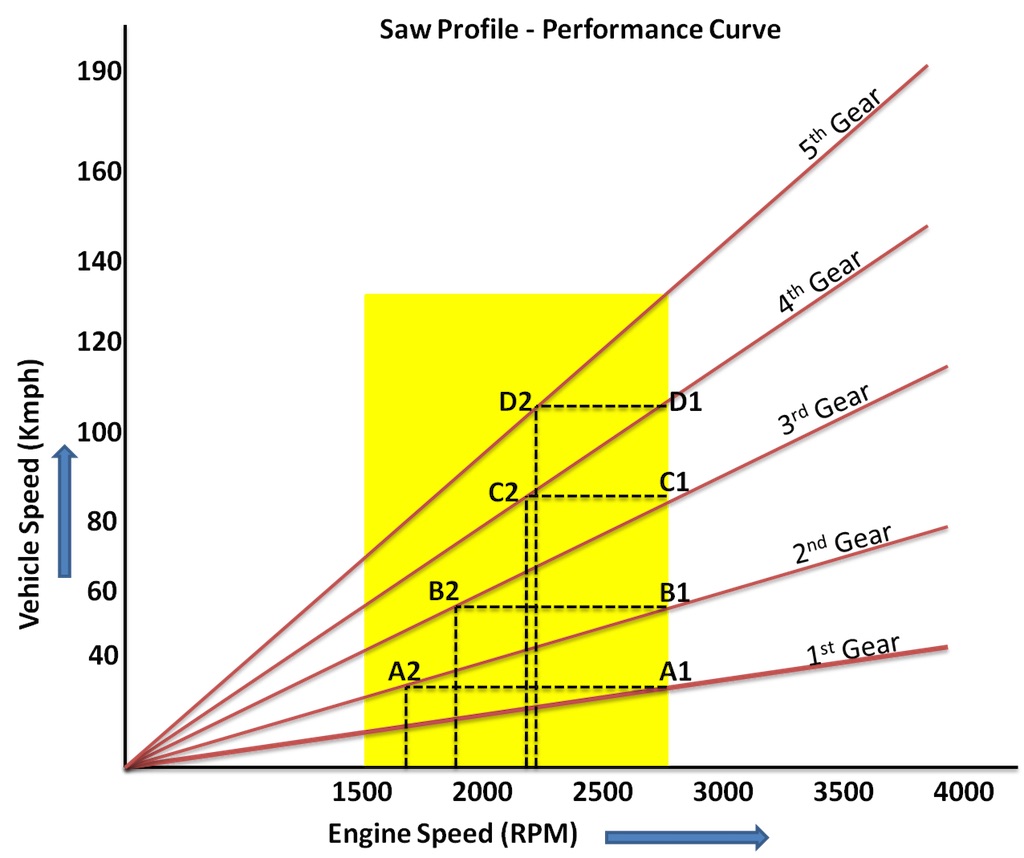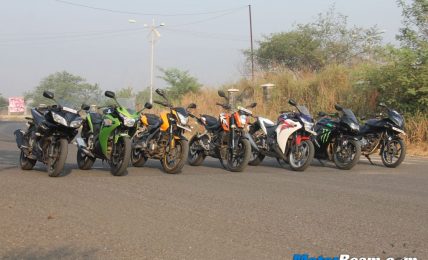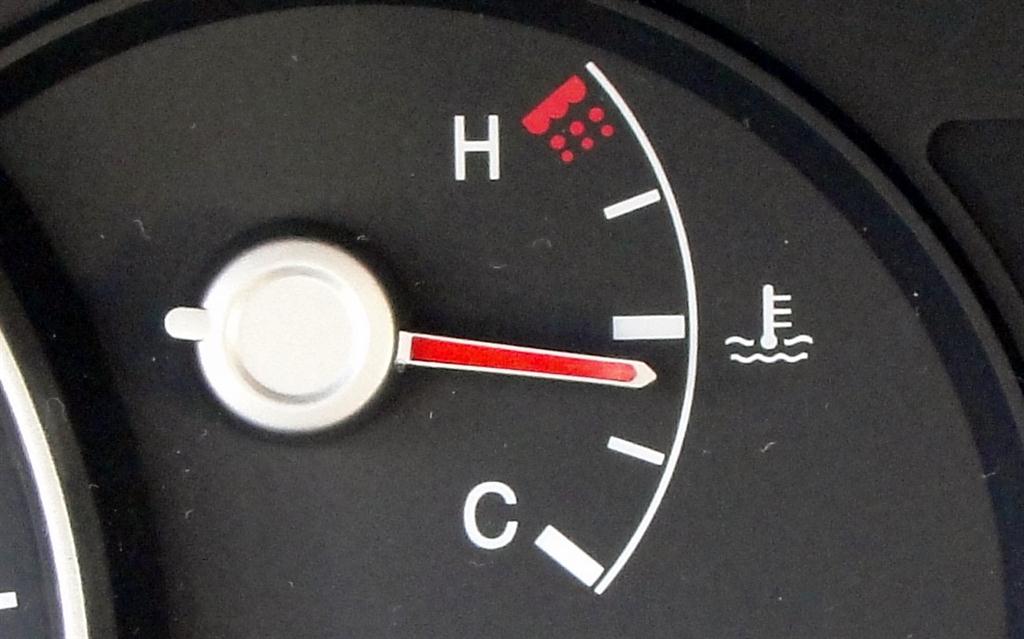With a little technique and a lot of practice, one can better the acceleration performance on its vehicles and be the fastest to get off the line.
India’s automotive market stepped on the accelerator pedal earlier this decade and there has been no turning back since then. The recently launched vehicles are so performance oriented that it probably cannot be compared to its predecessors that were launched a decade or a couple of decades ago. Electronics have certainly churned out the best in vehicles, but there are a few automobile laws that never change. Vehicles have definitely become more powerful, but somehow the owners don’t utilize the full potential of the same due to lack of awareness on technical aspects. Hence, we thought why not make our readers understand the technical aspects of a powertrain and allow them to churn out the best in their vehicles.
Remember the famous drag race between Vin Diesel (in Dodge Charger) and Paul Walker (in Toyota Supra) across the railway line? That’s one race one we probably cannot forget. We all know that one has to deal with the accelerator, clutch and gear; but what is the physics behind? To correlate, all I can think is of the drag race that everyone probably played in ‘Need For Speed’, where the gamer toggles between the gears when a ‘green’ light glows in the dashboard.
When one purchases a car or motorcycle; the buyer mainly looks into engine power, fuel economy, design, and space, but there is another entity in engine called torque which almost everyone neglects. The torque output of an engine defines the pulling capability of the vehicle and that is the principle of the ‘green light’.
Explaining With Formula:
We know that Force (F) = Mass (A) x Acceleration (A)
The mass of the vehicle is constant which makes acceleration directly proportional to force (here tractive force exerted by tyres). The tractive force of a vehicle (exerted by tyres on road) is maximum when engine generates maximum torque, which makes acceleration directly dependent on engine torque. Every engine churns out power and torque, but the beauty if you observe a conventional power-torque curve (see the image below) is that power is obtained only at high speeds and that too at a small band while torque is generated at relatively lower speeds over a larger spread.
Explanation: Taking the example of the Hyundai i20, lets say the engine churns out 90 PS of power at 4000 RPM while 225 Nm of torque is generated available between 1500-2750 RPM.
Please refer the plotted graph which is called a saw profile curve; a curve that is plotted between engine speed and vehicle speed for each gear which is typically used for depicting performance of a vehicle
(The below graph is plotted for the i20 and is for understanding purpose only and is not true with respect to the original vehicle characteristics.)
As mentioned above that torque is the pulling capability of a vehicle and the vehicle attains best acceleration when gear shifts are done in the maximum torque band (yellow area).
During gearshifts, the engine speed drops because the driver removes his/her leg from the accelerator pedal before applying clutch and changing into next gear. If the gear change is done when engine is in the upper limit of the maximum torque band range (A1, B1, C1, and D1) here 2750 RPM, then the engine speed will drop down to (A2, B2, C2, and D2) speeds which will still be in the maximum torque band range. Eventually, after gear shifting the vehicle will be utilizing full torque of the engine which will result in best acceleration.
Technically it takes more time (refer horizontal dash lines) to shift between lower gears (A1 -> A2; B1 -> B2) than higher ones (C1 -> C2; D1 -> D2. The drop in engine speed is dependent on gear shift timing. The reason why several cars are fitted with the famous 1.3-litre MultiJet diesel engine sourced from Fiat is because it doesn’t accelerate well below 2250 RPM which is because of the same reason; the engine doesn’t generate enough torque because of turbo lag.
P.S. – This article is not meant to encourage drag racing but just to make our readers understand the physics behind the pedal and gear knob. The same is applicable to both cars and bikes.


